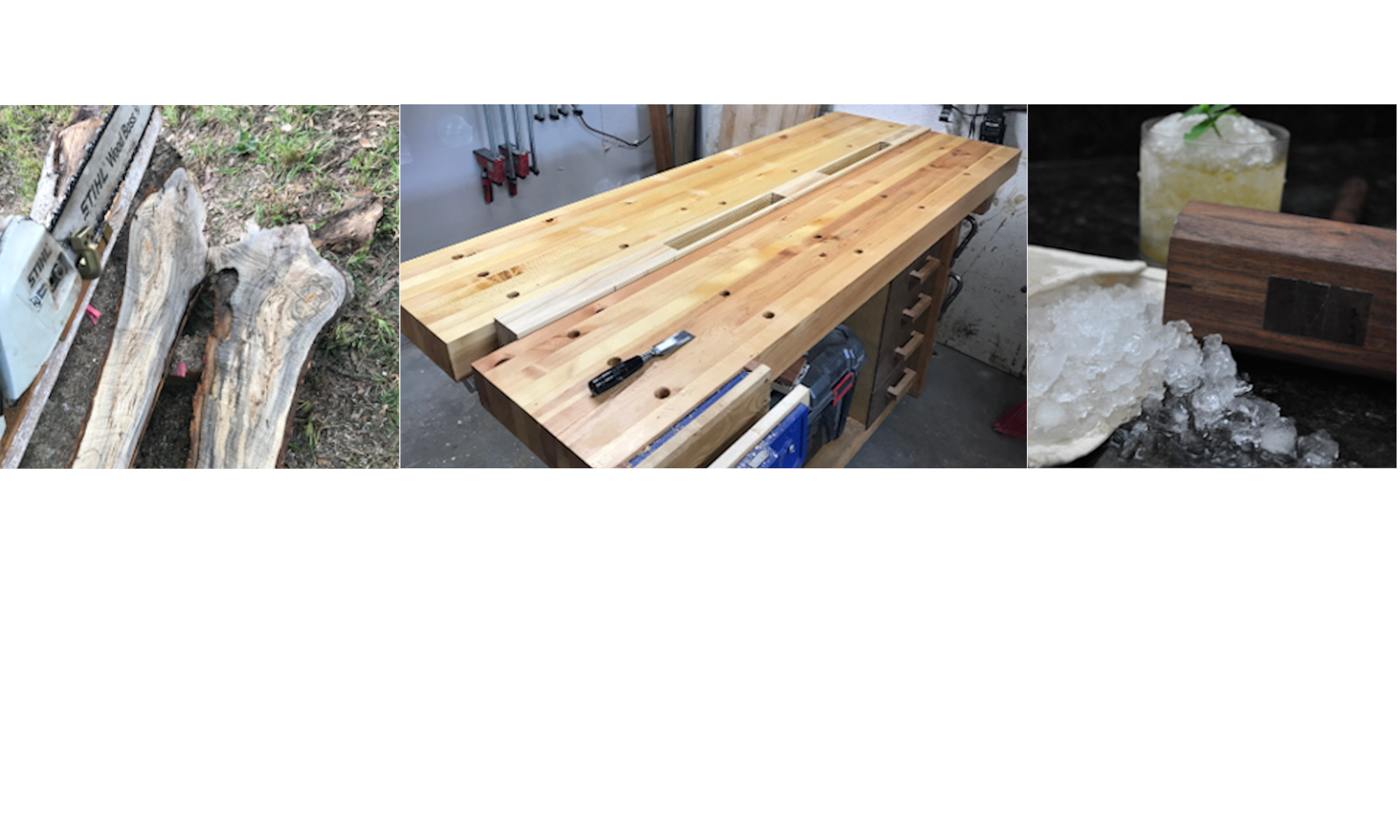Powertools
This week we were introduced to some of the powertools we will be using in boat construction. These included, the drill press, bandsaw, jointer and planer. The bandsaw is a work horse for boat construction because of its ability to cut bevels. There is a special type of large format bandsaw, called a shipsaw, that is used in boat building. The difference between a typical bandsaw and a ship saw is how bevel cuts are made. For a typical bandsaw the table moves, but for a ship saw the wheels move, allowing a large timber to stay flat on the table. You can see the school’s ship saw below (its the big one!). All of the small bandsaws at the school are modified with a handle and a readout for the table angle. This allows for the cutting of a rolling bevel. The cross section of a traditional boat plank is not square, and it changes along the entire length of the plank. Cutting a long plank required 4 operators, the cutter, the bevel stick mover, someone on in feed and someone on out feed. If this doesn’t make sense I am sure I’ll talk more about it in the future (making planks is a big part of traditional boat building).





Making Hand Tools
We made a few potential lifetime tools this week. They included a few bevel gauges and a bevel board. These are for reading angles as few things in boats are square. The gauges are made from some teak from an unknown old boat which is pretty cool. We cut the kerf for the blade with our Japanese saws (cutting a straight line was challenging for me and required many attempts), drilled the hole with a drill press and the the gauge is held together with a small piece of brass rod that is flattened to into a rivet. To go along with that we also make bevel boards which is a piece of wood where angled lines are scribed. The interesting thing is that we made them from a “master” shop bevel board. It is common that each shop would have its own master board so all the shipwrights would agree on the angles. We also started working on a cartoon sized mallet. More to come on that next week.





Kyoto Joinery Video
We watched an old school video that has been showed at the school for many years (all of our instructors are boat school graduates and watched it when they were in school). It’s a tradition. Luckily its on YouTube so I can share it with you. Some of my favorite takeaways and quotes.
“… if your tools are in good condition they’ll even cover up for a lack of skill.”
The wood is a living thing, so it’s cruel to the wood itself, if you make a mistake.”
A mortise and tenon joint with wedges in the tenon is know as a “hell joint” because “once it has entered, it won’t come out again.”

Haha, we all agree this is 15 degrees. Don’t challenge it. It just is what it is. 🙂